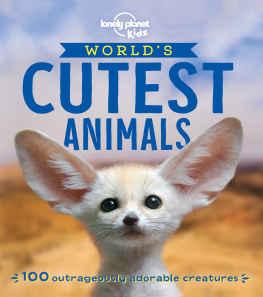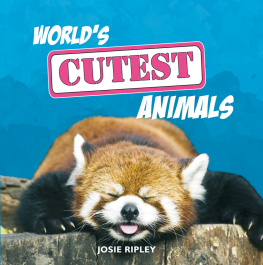ADORABILIS
Local to North America
T hese deep-sea octopi are so cute, a scientist called the species Adorabilis when she discovered it. See the two ears at the top of its head? Those are actually fins, and they have small webbed limbs for swimming, too.
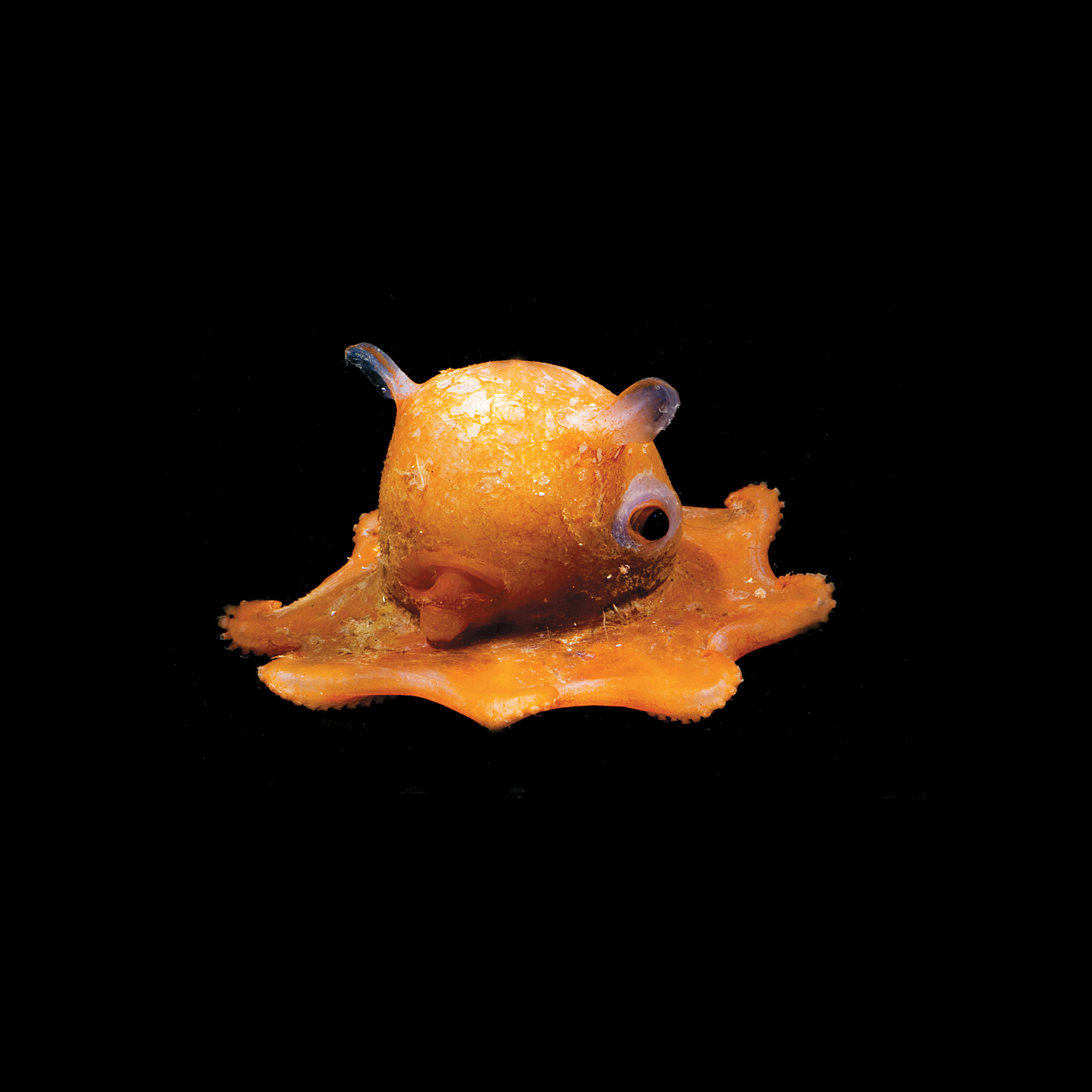
Dante Fenolio/Science Photo Library
AMERICAN PIKA
Local to North America
C an you recognise this adorable creature? Many believe that Pikachu from the TV show Pokmon was based on the American pika. It turns out pikas make good friends in real life, too! Pikas will call out a warning when predators are near.
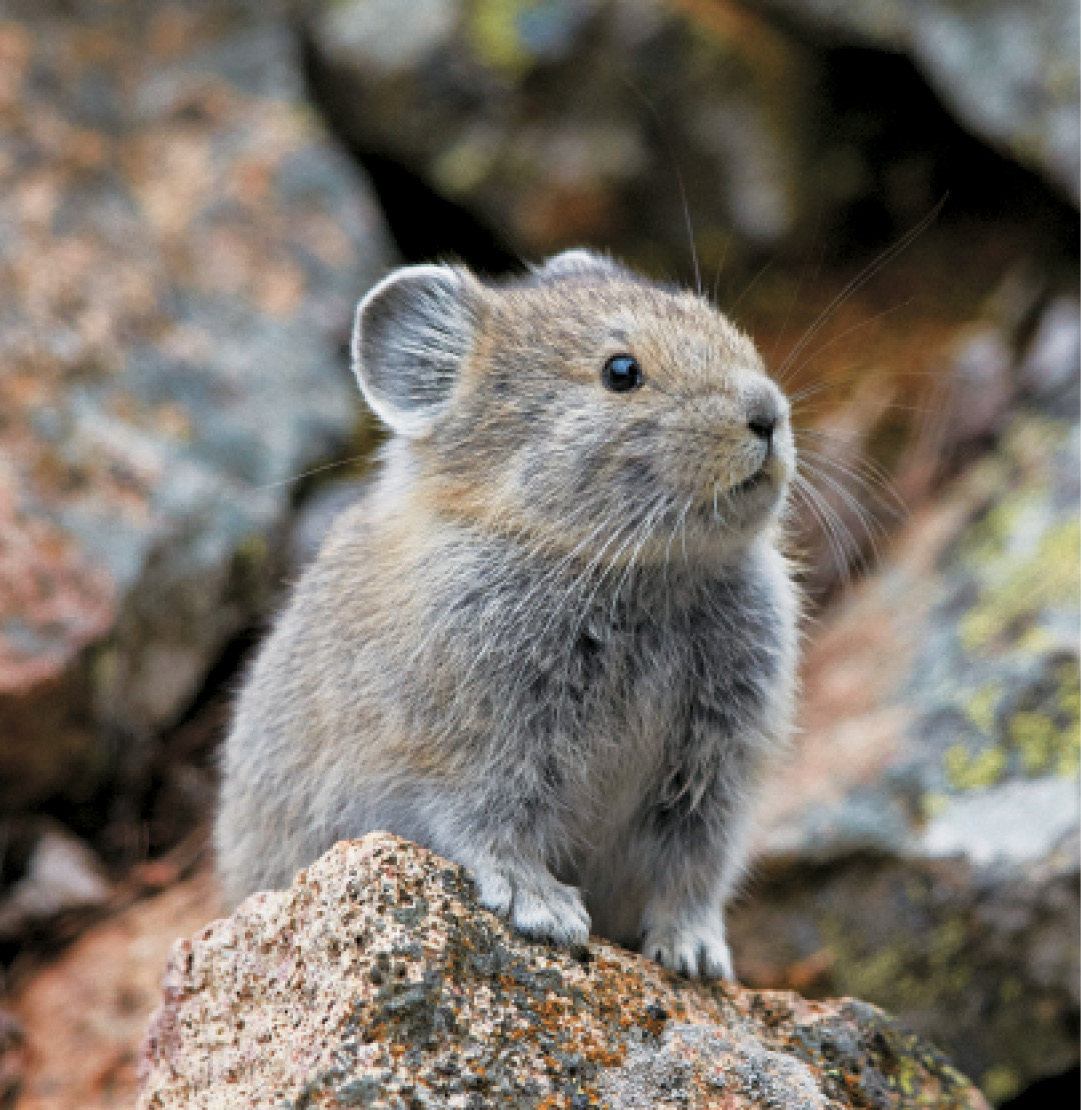
milezaway/Shutterstock (pattern) | James Hager/Getty Images
AXOLOTL
Local to North America
T hese salamanders never have to lose their baby faces! Axolotls have a special adaptation where they can choose when to grow up. Axolotls live underwater their entire lives, but if their home suddenly dries up, they just change into a form that survives on dry land.
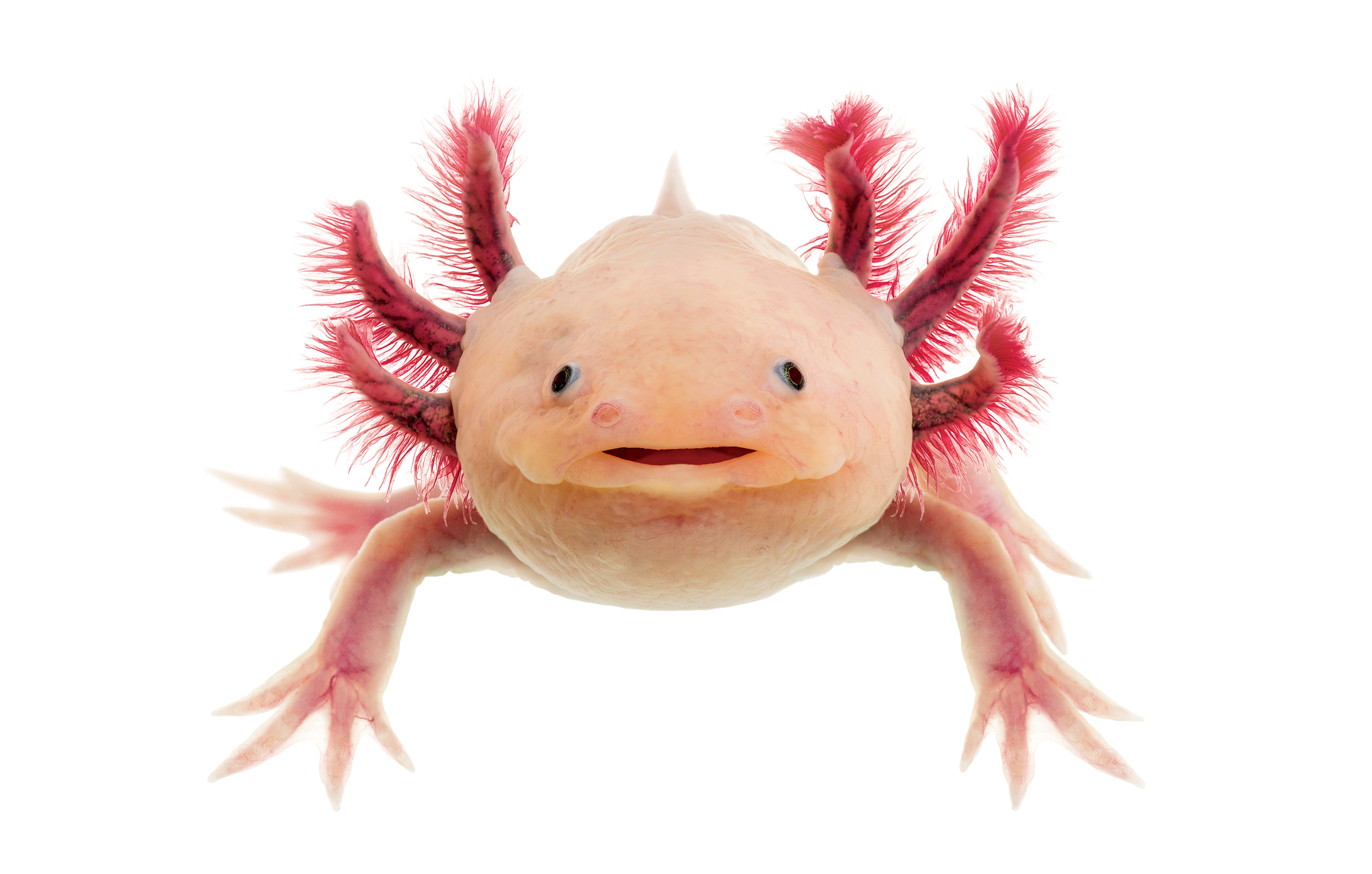
GlobalP/Getty Images
BEE HUMMINGBIRD
Local to North America
M eet the smallest species of bird in the world. These hummingbirds are barely bigger than bees and theyre often mistaken for bugs in the wild. Everything about this bird is mini! Even its eggs are about the size of green peas.
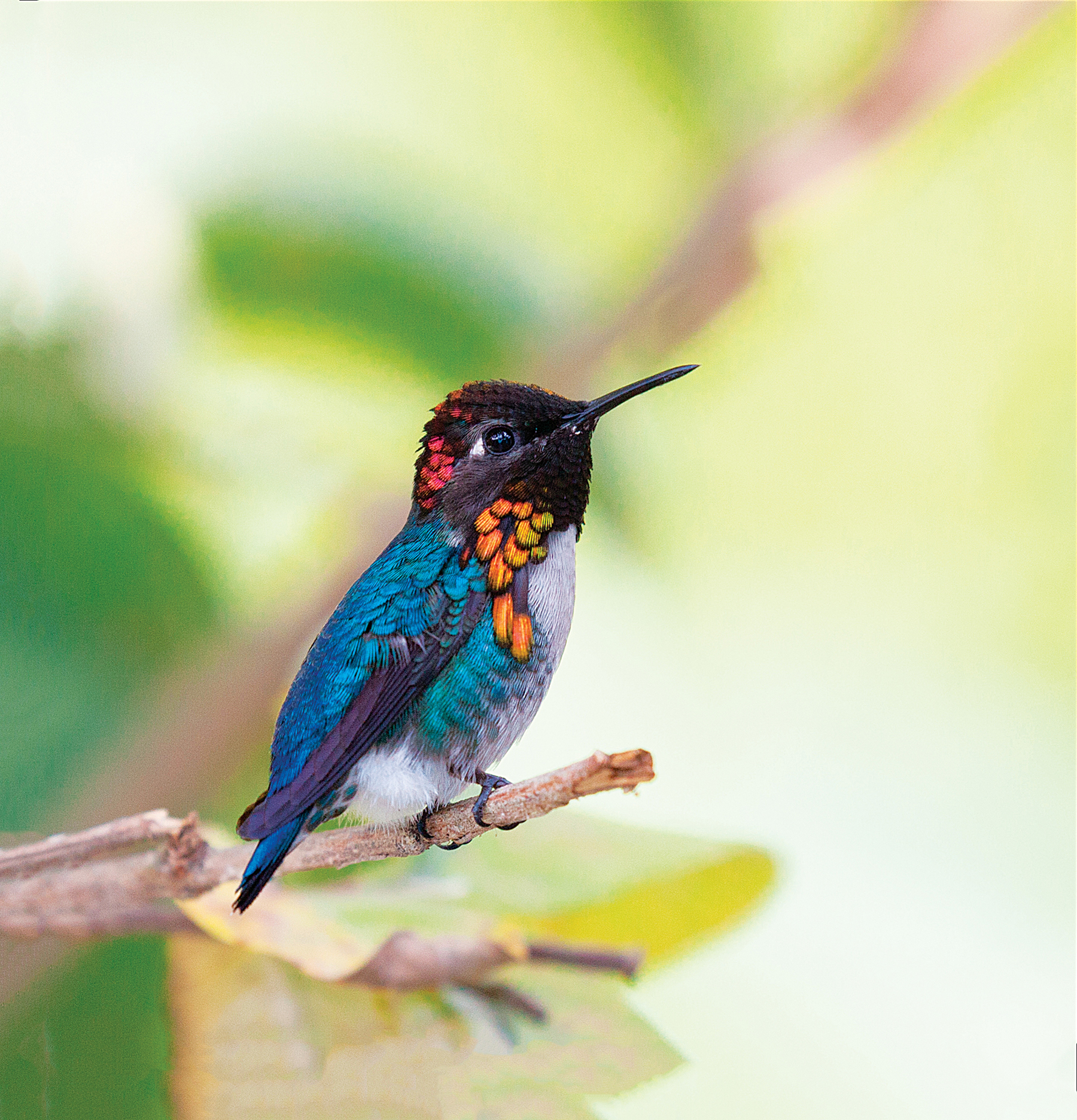
Melinda Fawver/Shutterstock
BLACK-FOOTED FERRET
Local to North America
T hese cuties love to play! Baby black-footed ferrets have a special dance. They arch their backs, open their mouths and hop around backward from each other. Can you do the ferret dance?
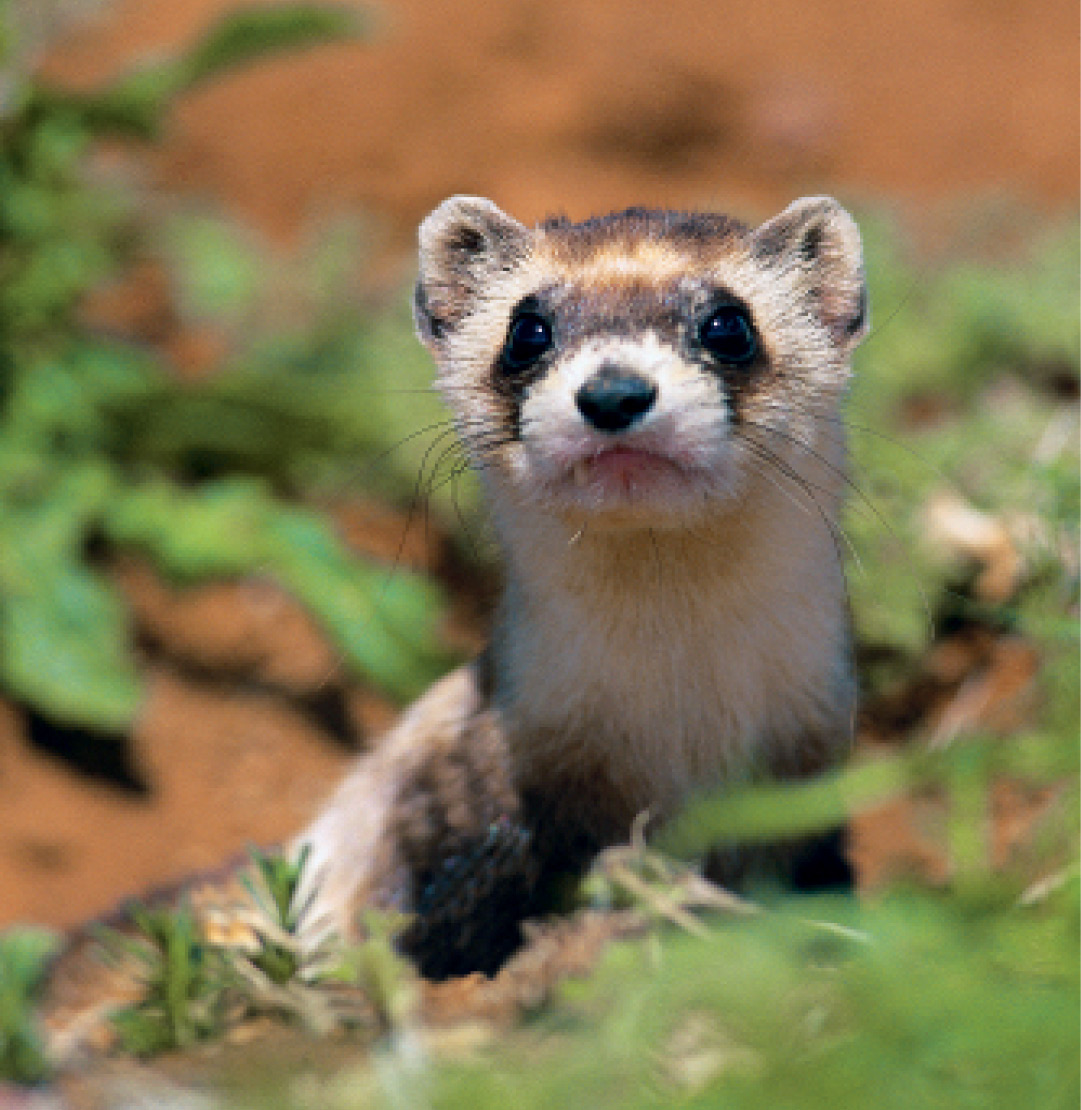
miakievy/Getty Images (pattern) | Jeff Vanuga/Getty Images
BURROWING OWL
Local to North America
B urrowing owls get their name from the underground burrows they live in. It seems like theyre bobbing their heads as if saying hello. Thats why cowboys used to call these friendly birds Howdy Birds.

mlorenzphotography/Getty Images
CALIFORNIA SEA LION
Local to North America
E ven the sea lions in California love swimming and surfing. California sea lions take to the water so much, they can actually slow their heart rates in order to stay under for longer. They can hold their breath for 10 minutes or longer!
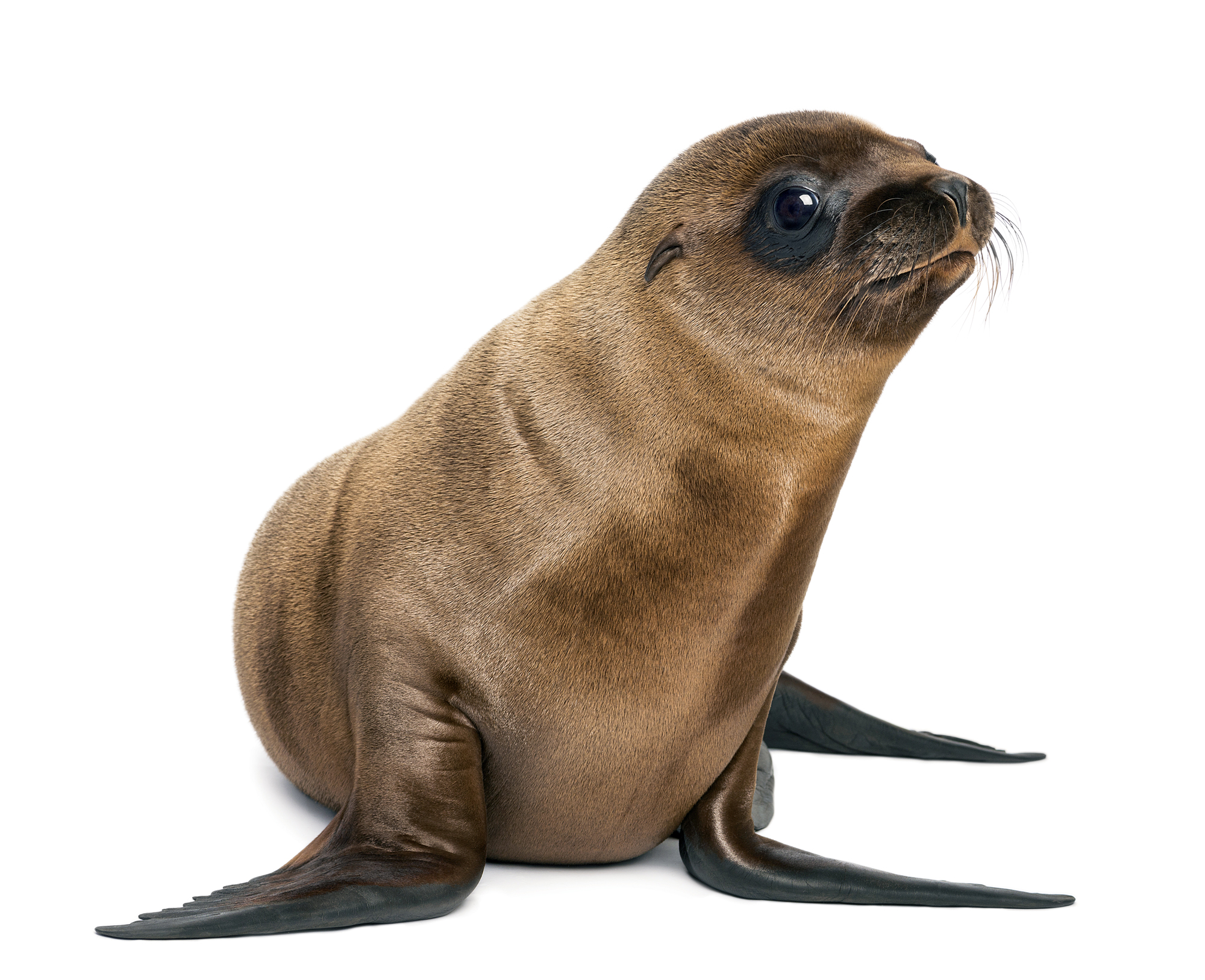
Eric Isselee/Shutterstock
COYOTE
Local to North America
C oyotes are a lot like mini wolves. They hunt in packs, howl, yelp and squeak to communicate with each other. Did you know coyotes can also mate with dogs? When a coyote and a dog pair, their babies are called coydogs.
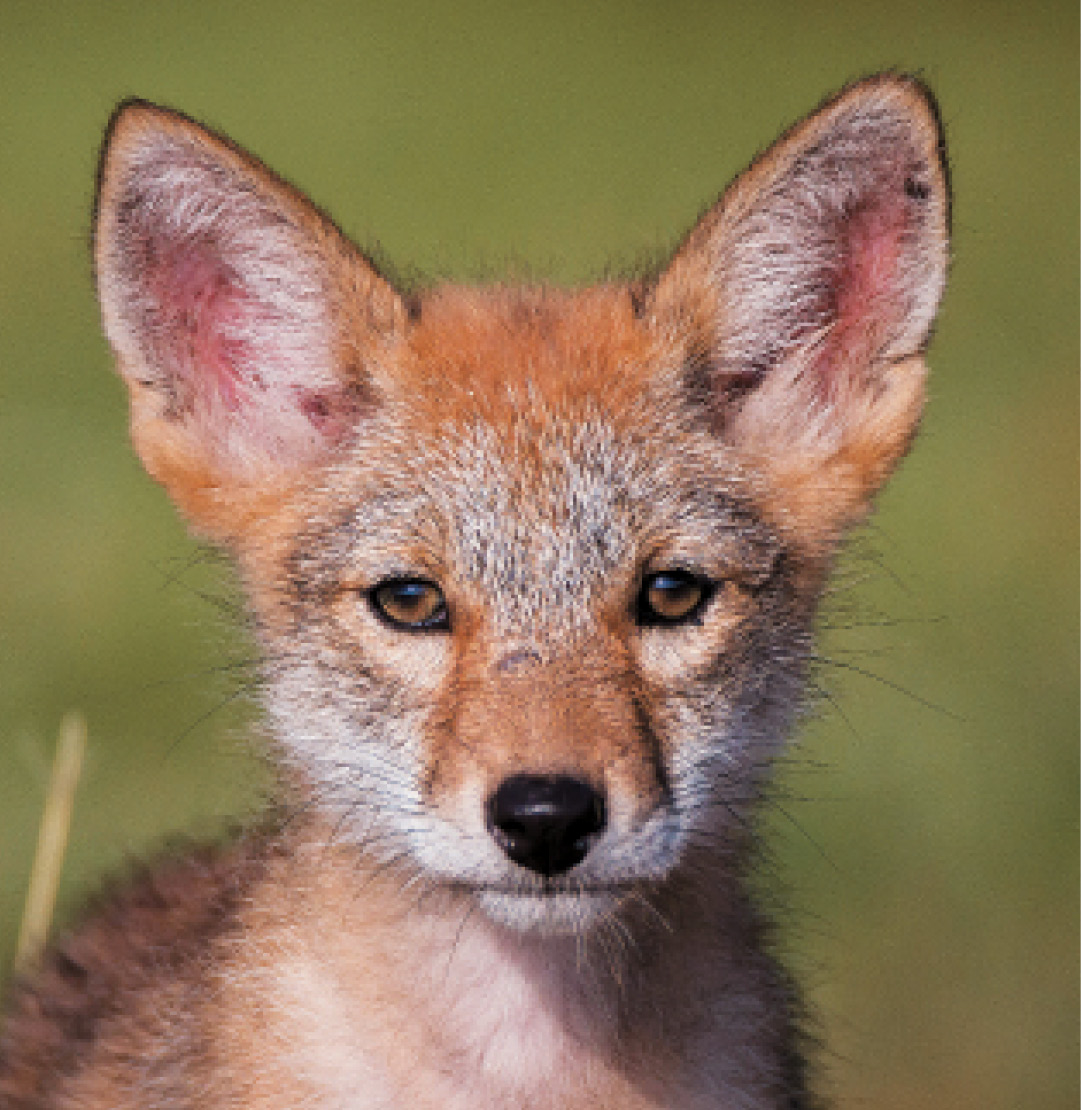
Bryan Bailey/Shutterstock
KIT FOX
Local to North America
T hey might be small, but theyre fast! Kit foxes can run as fast as 40 kilometres per hour. They have extra fur on the bottom of their feet, which helps them run better over sand.
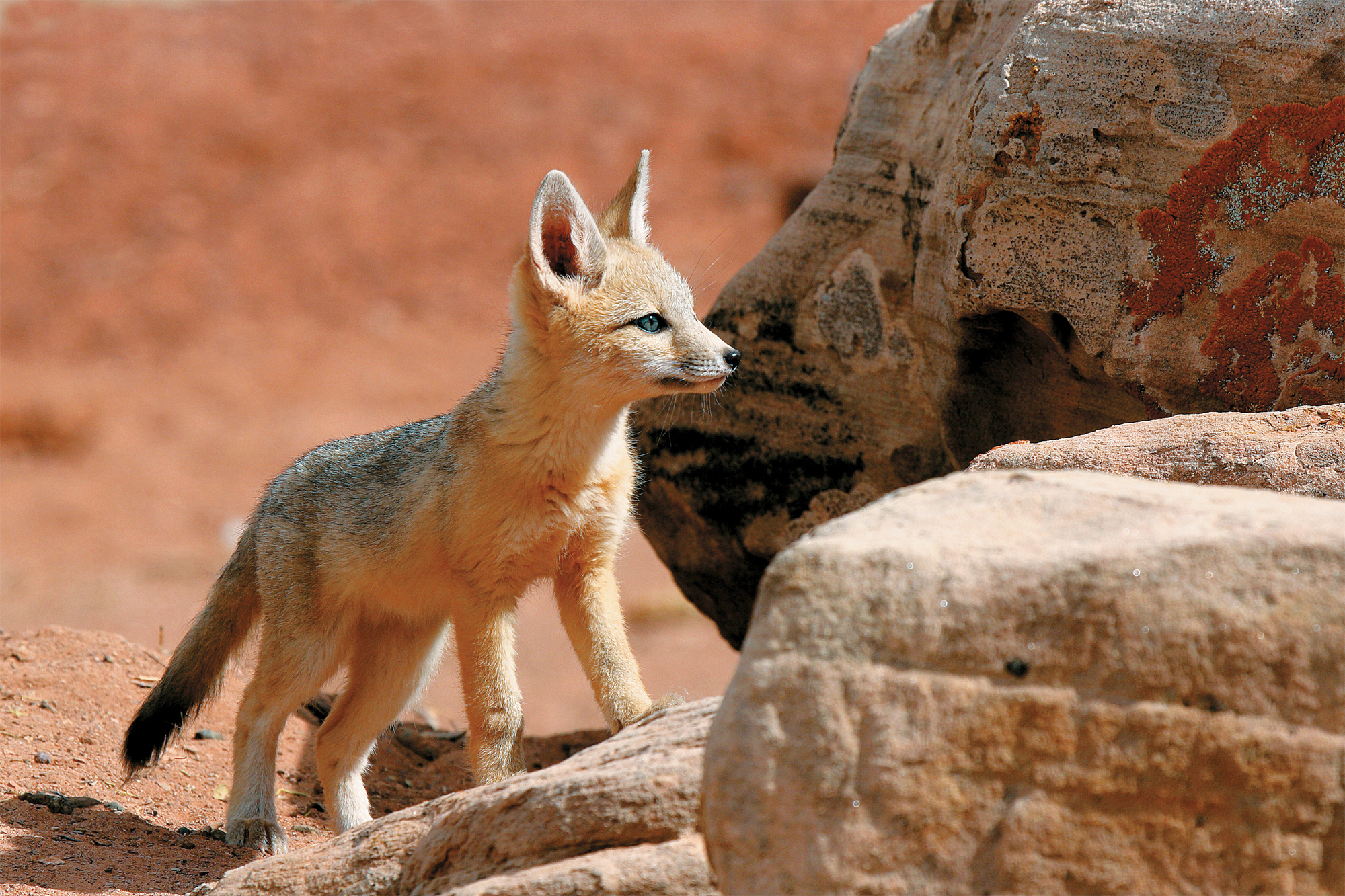
Max Allen/Shutterstock
NORTHERN PYGMY OWL
Local to North America
G ood things come to those who wait. Northern pygmy owls hunt by staying totally still and quiet. Then they swoop down and surprise their prey out of nowhere!
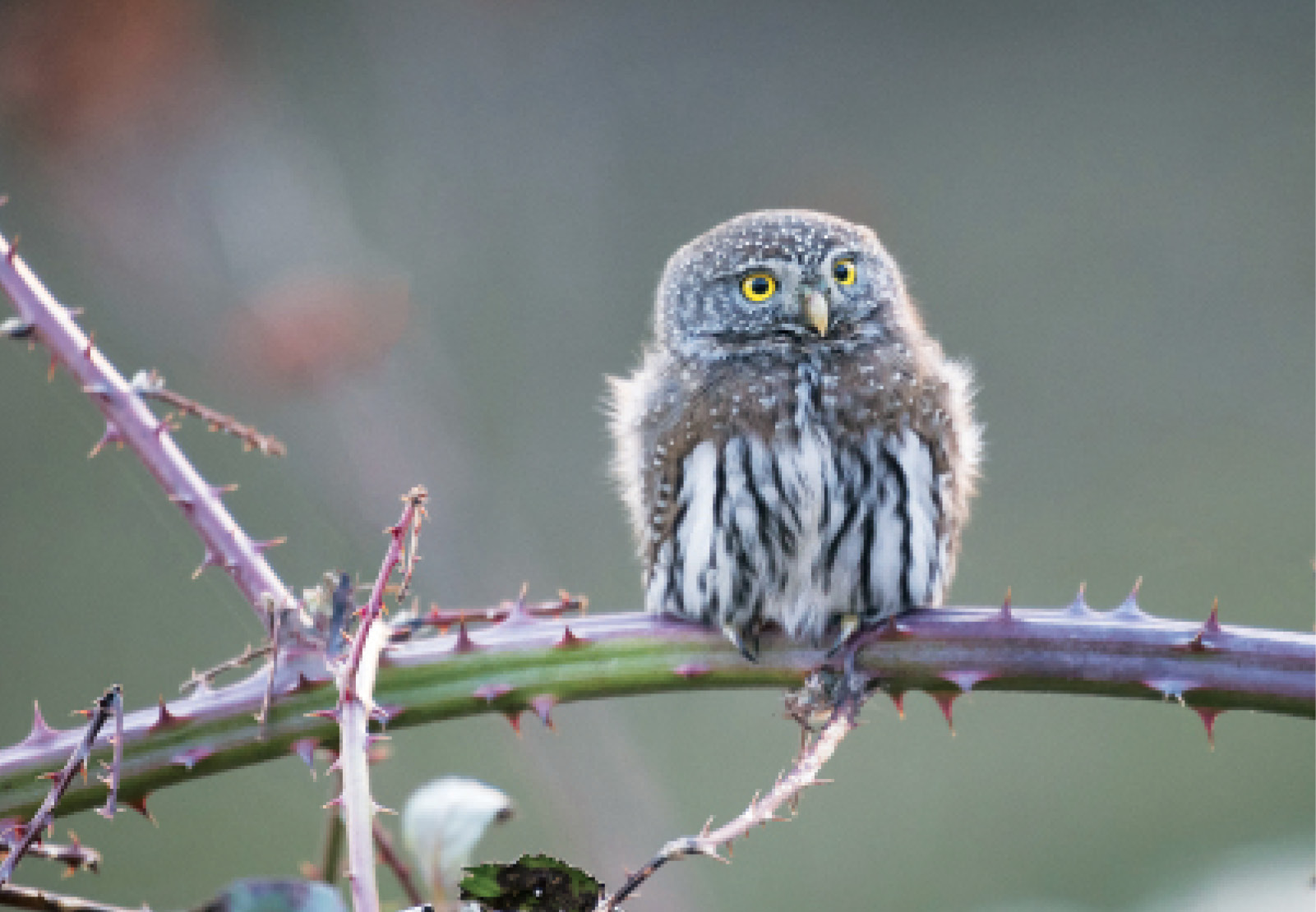
Feng Yu/Shutterstock
PRAIRIE DOG
Local to North America
T hese burrowing rodents arent actually dogs at all, but they do sound like them! Prairie dogs communicate through a series of bark-like calls. They even use different calls for different predators, so they can let each other know exactly whos sneaking up on them.
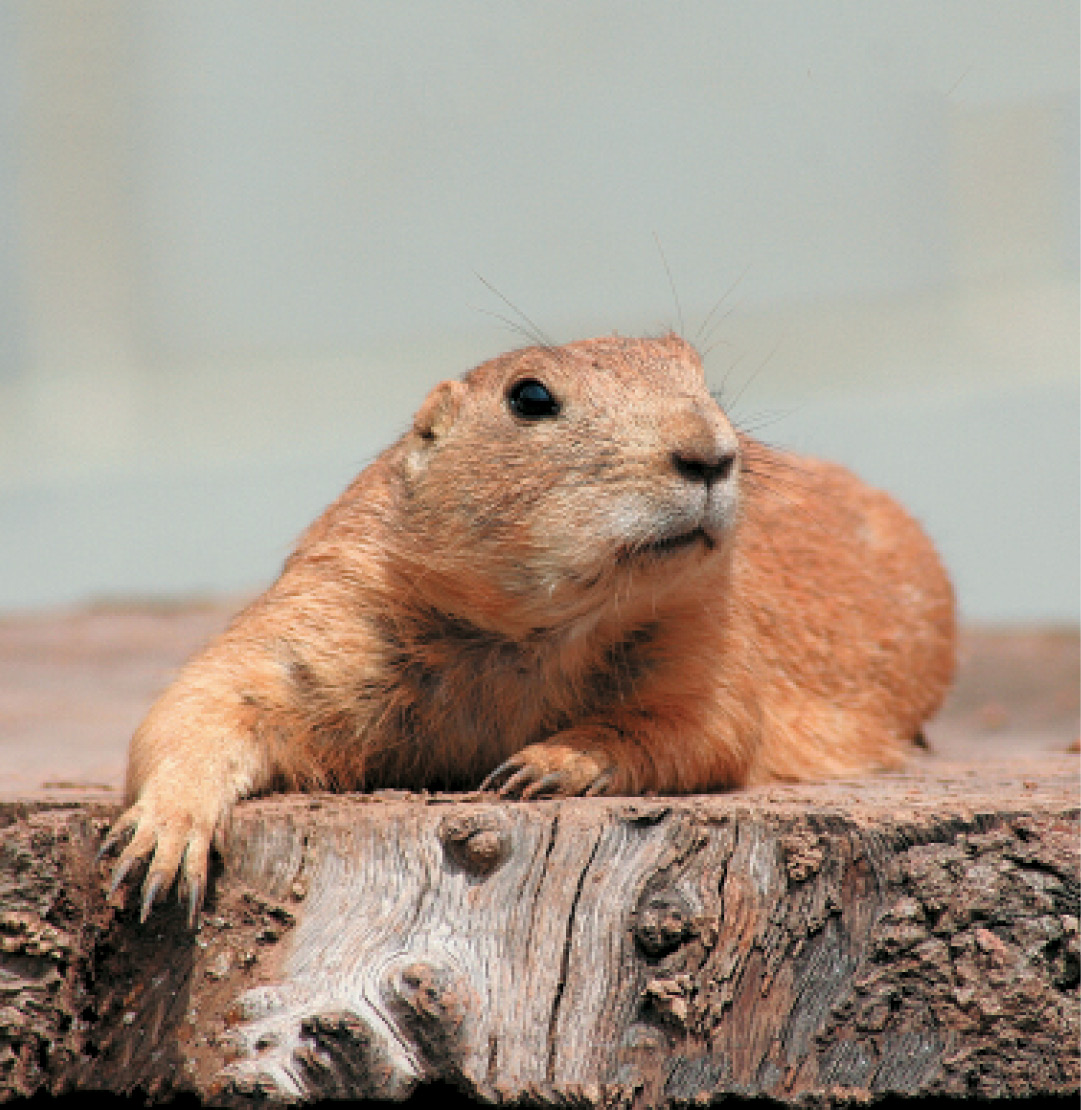
Gary Parnell/EyeEm/Getty Images
SANDPIPER
Local to North America
T hese teeny shorebirds love chasing waves! Sandpipers pick through sand for tasty snacks like fish, snails and larvae. Then when the waves come in, they have to run! It looks like theyre just dashing back and forth, but theyre only trying to eat in peace.
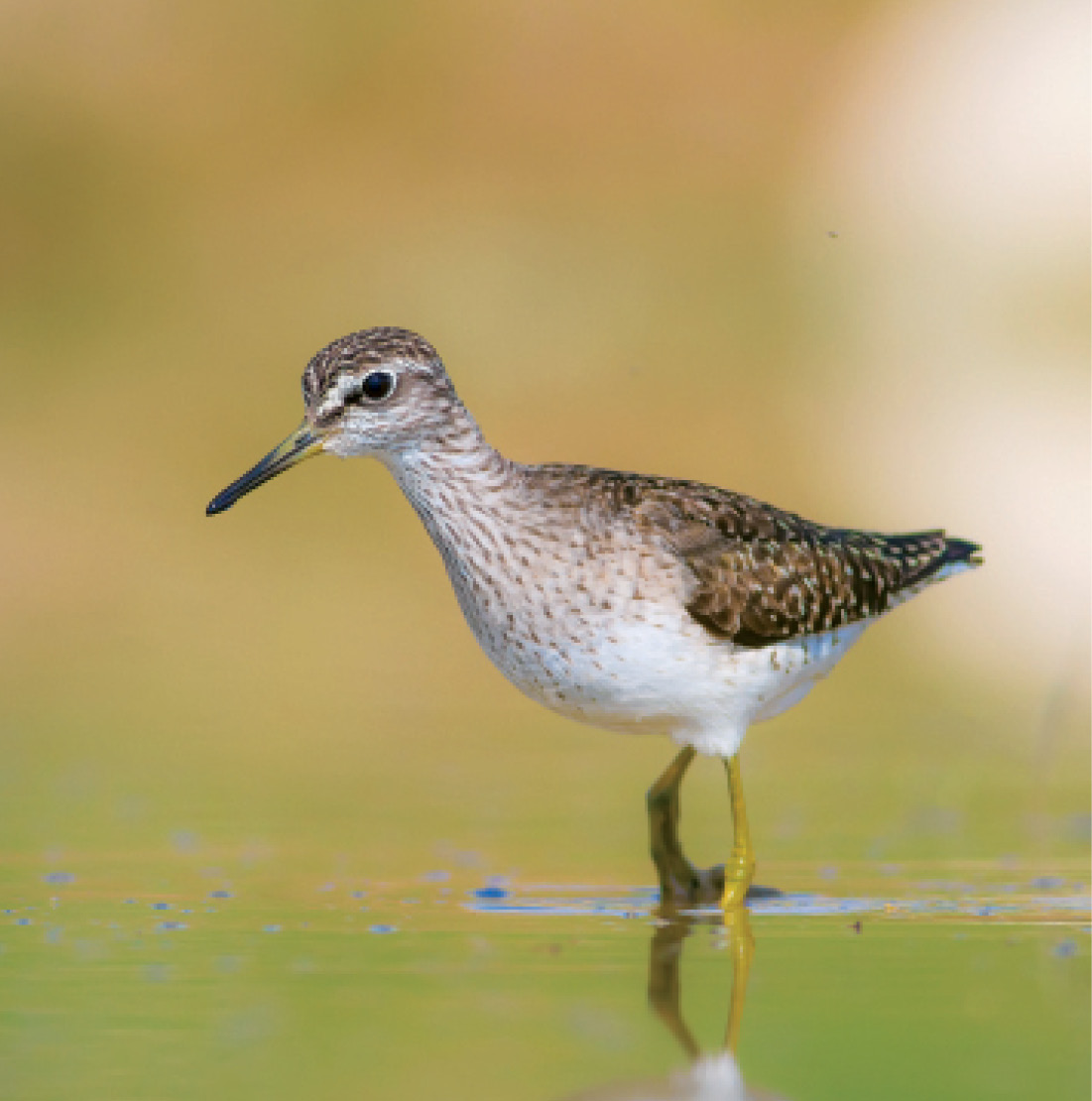
sysasya photography/Shutterstock
SNOWSHOE HARE
Local to North America
I f a predator is near, these hares always bolt. Their feet are extra long and wide to help them dash better across the snow, and work like real-life snowshoes.
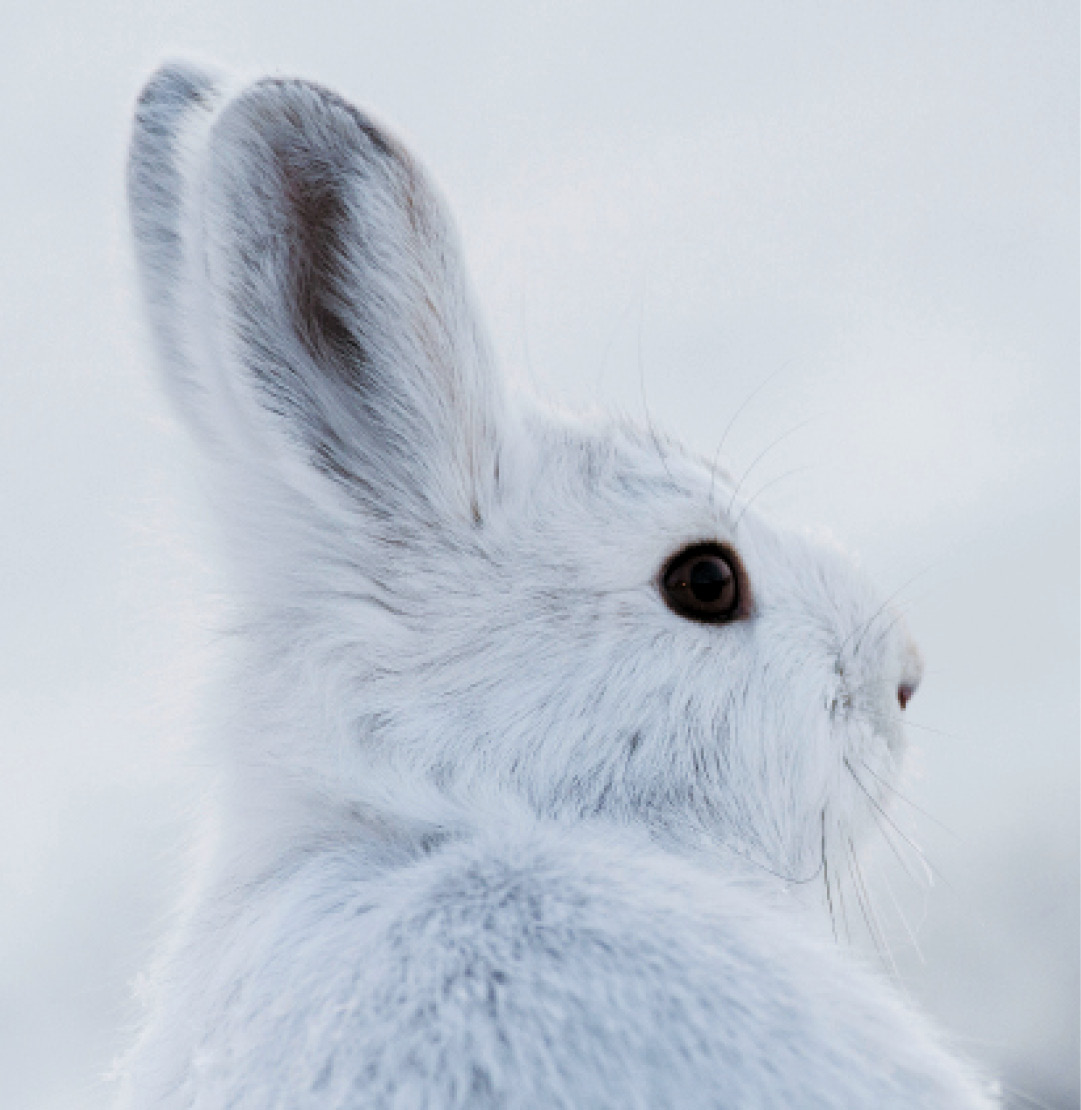
Martin Smart/Alamy Stock Photo
THINHORN SHEEP
Local to North America
T hinhorn sheep are really sociable and the lambs love to play! Young ones are always scrambling up and sliding down the mountain slopes where they live. But dont worry, the mother ewes are never far away.
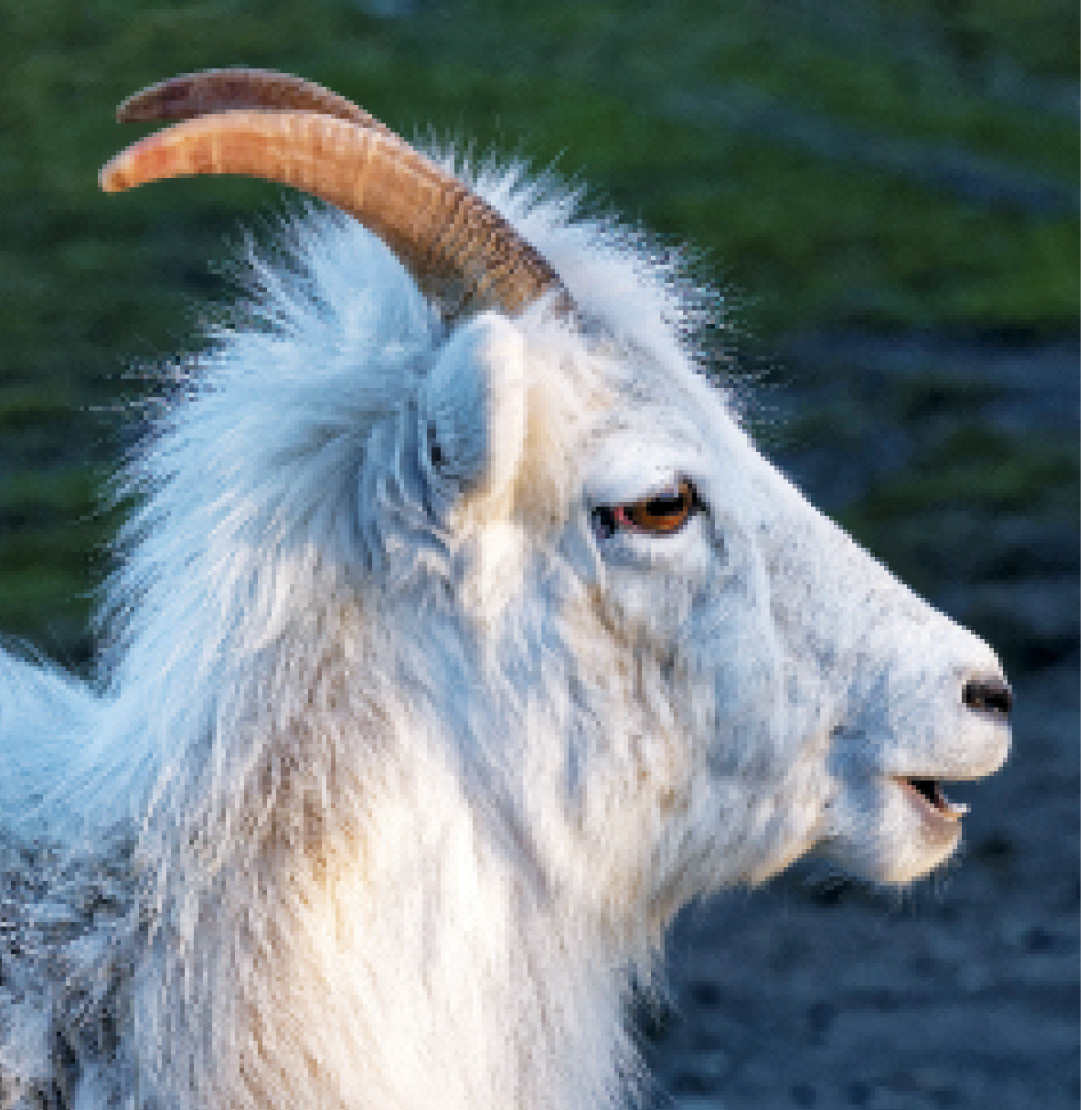
Heiti Paves/Alamy Stock Photo
TUFTED-TITMOUSE
Local to North America
T ufted titmice are like tiny gymnasts! These outgoing birds love hanging upside down from branches. Theyre known to visit bird feeders, so keep an eye out for these puffballs the next time you spot a feeder!

